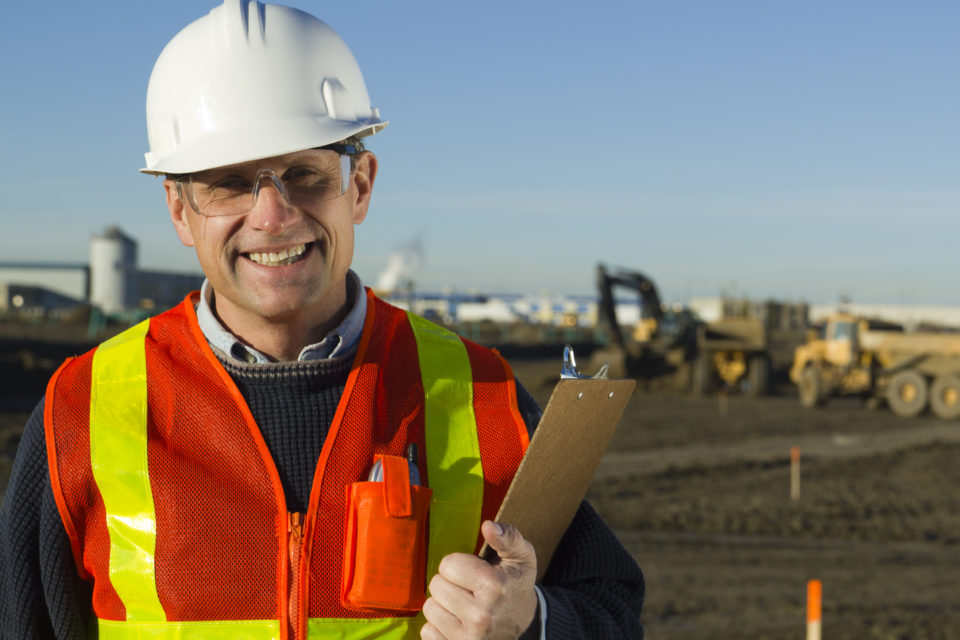Entering Level 3 lockdown
The CCNZ has worked with Construction Health and Safety New Zealand (CHASNZ), SiteSafe and other associations (endorsed by government agencies) to provide guideline Protocols for construction worksites entering and working through Level 3.
These Protocols and the industry Standard, along with other lockdown tools and resources, are available at the CHASNZ website at https://www.chasnz.org/covid19.
Designed to be adapted on a site-by-site basis, the COVID-19 Construction Protocols provide a ‘how-to’ guidance that sit below the broader Standard for New Zealand Construction Operations.
This is a ‘living’ document that will be updated by a working party of health and safety practitioners from across industry and Government, and reflect feedback from the field as contractors experience the realities of putting the protocols into practice.
Industry organisations are also working on Level 2 Protocols and will advise of these once completed.
Standard for New Zealand Construction Operations
The overall Standard for New Zealand Construction Operations governs the principles of construction operations (including civil, commercial and residential construction) that must be maintained in order to operate under Level 2 and above.
The core principle behind the Standard is to protect both workers and the wider community from the pandemic while adhering to WorkSafe’s three pillars of good work throughout all operations: leadership, risk management, and worker engagement, in accordance with the Health and Safety at Work Act (2015).
PCBUs in the construction industry should be preparing and implementing new site plans and processes, guided by the Standard and Protocols – through worker engagement and participation to ensure that these are embedded in practice, and also maintain records to provide evidence that these requirements have been met.
NZ COVID-19 Construction Protocols
To be read in conjunction with the COVID-19 Standard this is a ‘live’ document that will be amended and updated. Contractors are advised to look at the CHASNZ site regularly over the coming weeks.
These protocols are broken up into: Before arriving on-site; site entry; site operations (including deliveries & visitors); and leaving a site.
Each construction site operating at Alert Level 3 or 2 needs to have in place a COVID-19 Controls Plan to guide how the principal, or main contractor and contractors, will manage work on-site, and the controls they will use to minimise the risk of virus transmission.
There must always be a nominated person onsite responsible for administering this management plan, which can be shared among multiple people from different contractors for an individual site if required.
These Protocols apply only to site-based work. Businesses will need to form a separate view about how, and when, office-based or sales activity recommences – and what controls and contact tracing approach are appropriate given their specific circumstances.
Comments on the details
For companies and workers returning to a site after a four-week break, it will not be a rush back to work. COVID-19 requirements will add significantly to workplace protocols around health and safety.
When first returning to work at Level 3, all workers and contractors are to be re-inducted and informed of the new Protocols as applicable.
PCBU’s are required to communicate and engage workers (and on a regular basis) around all requirements and ensure hazards have been reviewed and controlled before work activity is re-started after lockdown. This includes workers understanding of the operations and fit for purpose equipment, material and environmental conditions.
All workers and persons must be registered as they enter and leave a worksite and these records kept by the person controlling the worksite area, and the employer.
In managing COVID-19 risk businesses the Health and Safety at Work (General Risk & Workplace Management) Regulations 2016 still apply – including adhering to the hierarchy of controls when making decisions on how best to protect persons from virus transmission.
While persons entering and exiting a workplace are to be registered to assist in tracking of contact in case of infection, health screening is only required by agreement with the main contractor.
However, PCBUs must have a process to ensure employees are fit for duty by confirming their health status ( by following MOH guidelines for detection of COVID-19 symptoms and risk factors), and are required to have an understanding of, and plan for, how workers travel to and from the workplace to minimise transmission.
Movement between, and on, sites is to be planned and managed to prevent transmission through physical communication and hygiene – such as handwashing, and cleansing of surfaces such as benchtops and light switches.
There has been confusion over the two-metre distance rule after the Government and World Health organisation talks of a one-metre rule on the worksite. The industry consensus is – two-metre distance when appropriate and one-metre where this is not practical.
Face masks are not mandatory and universal thermal detection devices have been deemed impractical to enforce and too unreliable.
Work vehicles that are shared by multiple persons should be sanitised after each journey by different persons (travellers and/or driver) by thorough cleansing of all internal surfaces and external handles and touchpoints. Deliveries to work locations must be closely managed and controls must be implemented.
If it is possible – split staff to 50:50 site attendance (management, supervision and trade teams). Then, if half of the team gets infected the other half team will still be able to work. By zoning areas, to specific teams, you also reduce the likelihood of spreading the virus beyond teams.
There should also be new protocols for workers who already have a health risk or smoke and vape.
Arrangements are to be made by the PCBU for the safe use of PPE including, cleaning, training in the use, and disposal in line with MOH guidelines for Construction Related Activity.
This includes providing guidance on how workers can decontaminate themselves and their clothing when returning to their home living arrangements, and accessing other services where they may be in contact with the public (including retailers and medical services).

